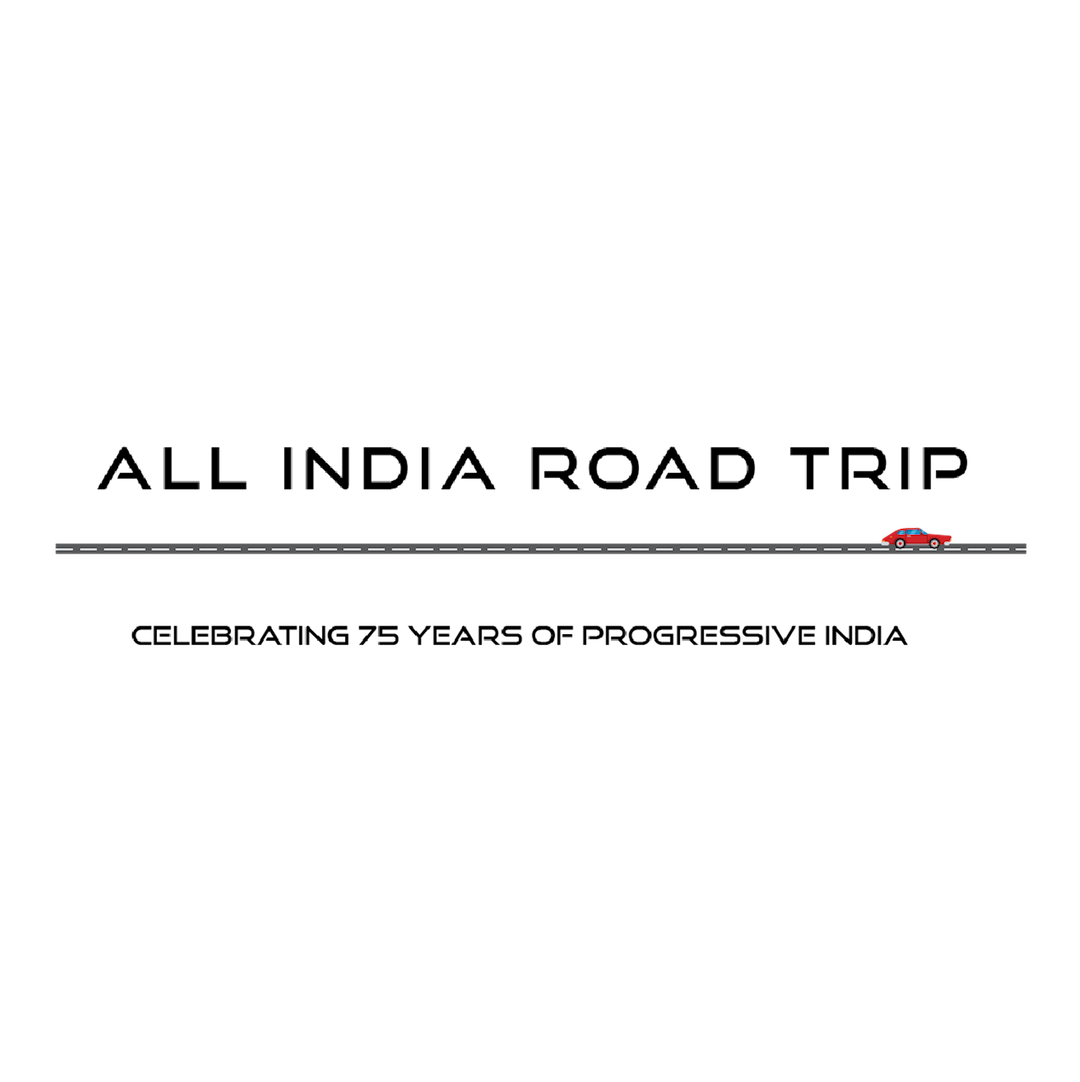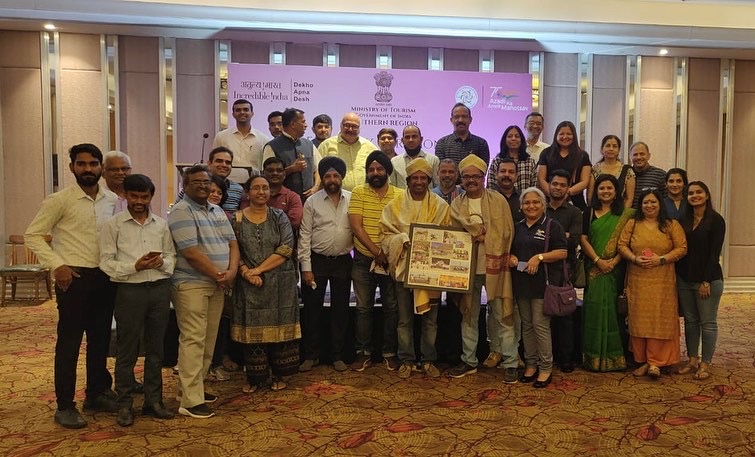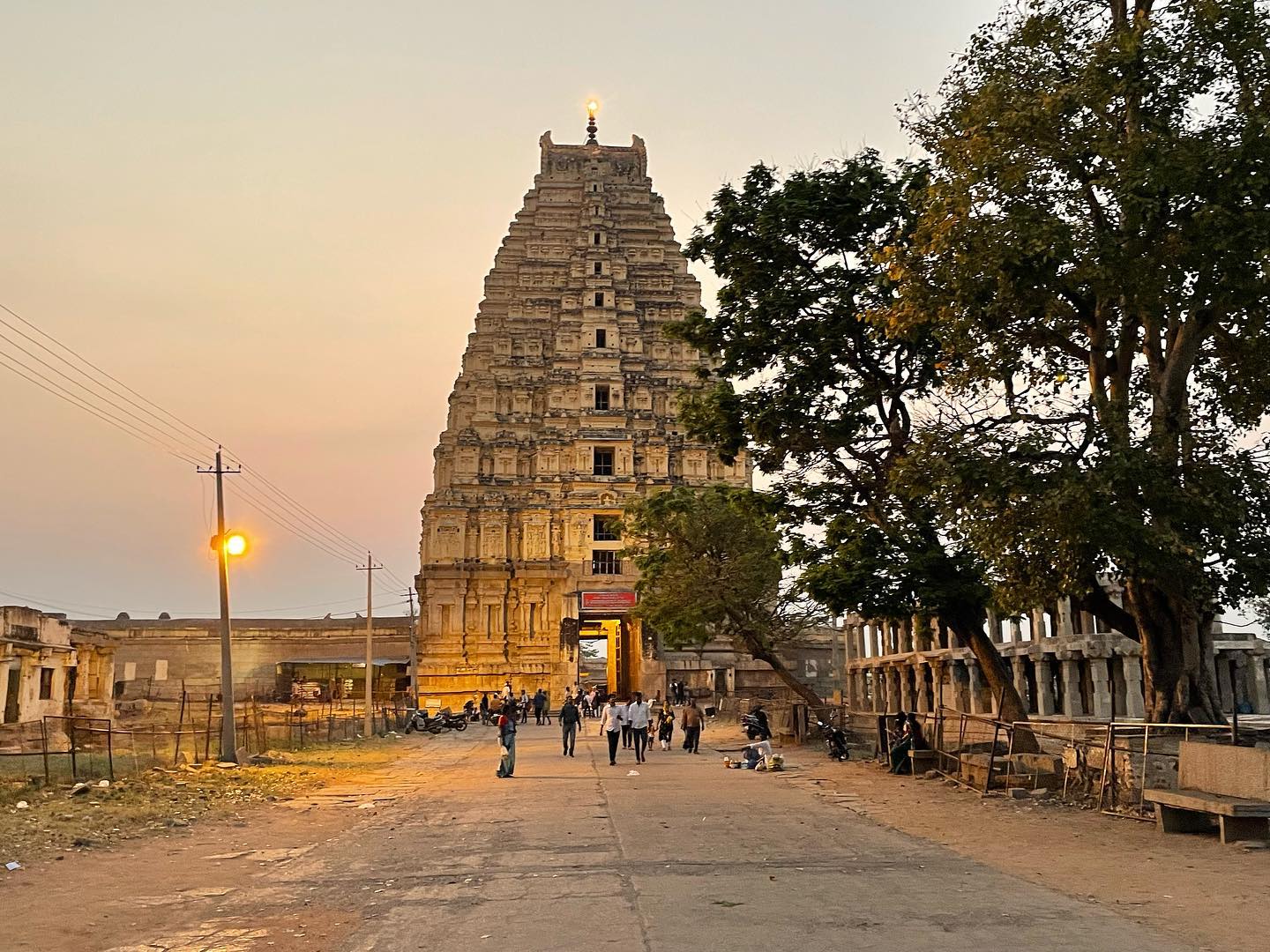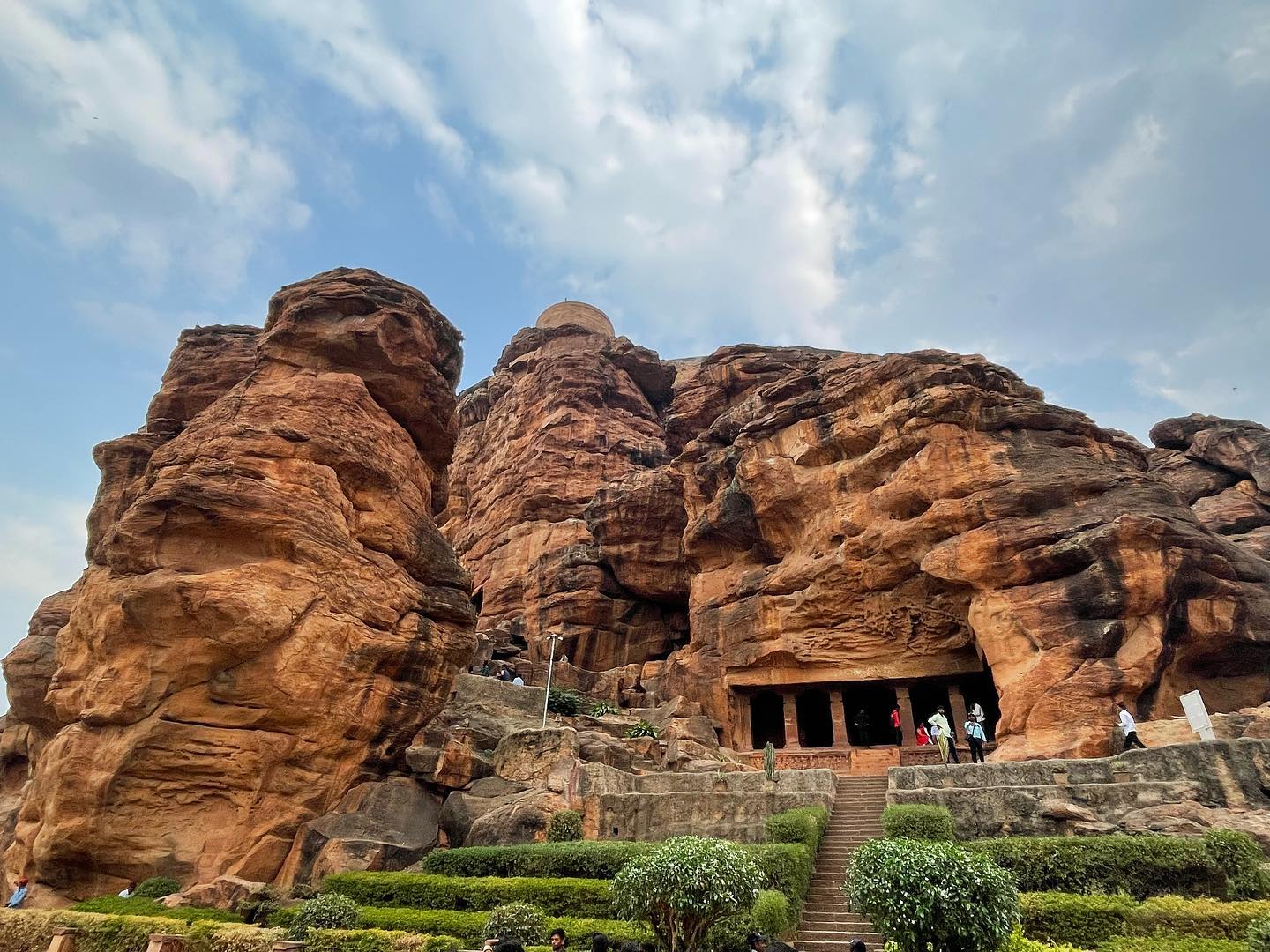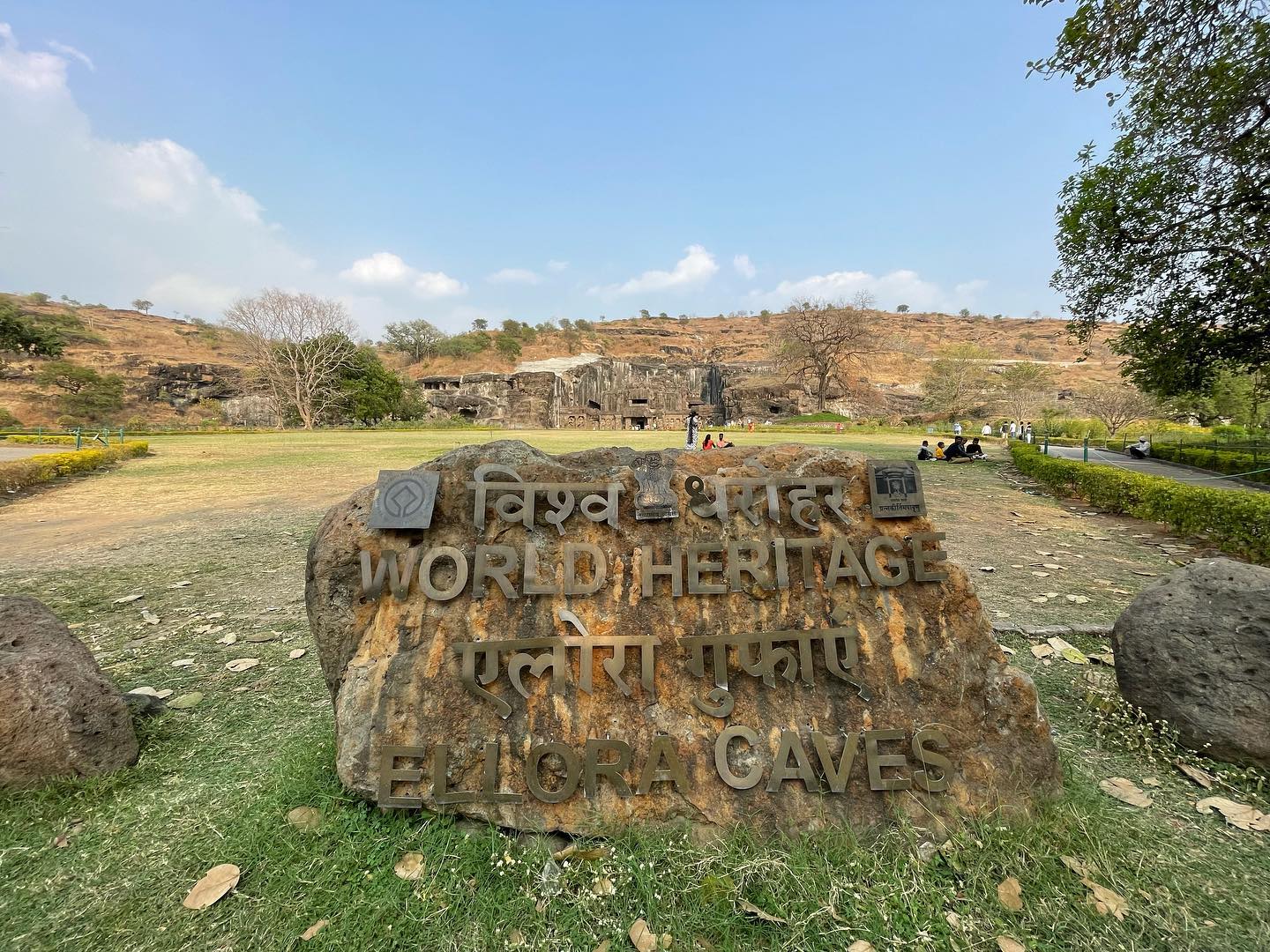28th November, 2021 – 29th November, 2021
Bodh Gaya is a religious site and place of pilgrimage associated with the Mahabodhi Temple Complex in Gaya district in the Indian state of Bihar, 110 kms from Patna. For Buddhists, it is the most important of the main four pilgrimage sites related to the life of Gautama Buddha, the other three being Kushinagar, Lumbini, and Sarnath. In 2002, Mahabodhi Temple, located in Bodh Gaya, became a UNESCO World Heritage Site.
History
Known as Uruwela in the Buddha’s time, it is situated by the bank of Lilajan River. The first temple at the site was built by King Ashoka.
While Asoka is considered the Mahabodhi temple’s founder, the current pyramidal structure dates from the Gupta Empire, in the 5th–6th century CE.
The Mahabodhi Temple (literally: “Great Awakening Temple”) or the Mahabodhi Mahavihar, a UNESCO World Heritage Site, is an ancient, but much rebuilt and restored, Buddhist temple in Bodh Gaya, marking the location where the Buddha is said to have attained enlightenment.
A descendant of the Bodhi tree under which the Buddha is said to have sat until he attained enlightenment stands adjacent to the temple. Ashoka’s stone slab purporting to mark the exact position where the Buddha sat is traditionally called the Buddha’s vajrasana (literally “diamond throne” or “thunder seat”).
Many of the oldest sculptural elements have been moved to the museum beside the temple, and some, such as the carved stone railing wall around the main structure, have been replaced by replicas. The main temple’s survival is especially impressive, as it was mostly made of brick covered with stucco, materials that are much less durable than stone. However, it is understood that very little of the original sculptural decoration has survived.
The temple complex includes two large straight-sided shikhara towers, the largest over 55 metres (180 feet) high. This is a stylistic feature that has continued in Jain and Hindu temples to the present day, and influenced Buddhist architecture in other countries, in forms like the pagoda.
The Bodhi tree at Bodhgaya is directly connected to the life of the historical Buddha, Siddhartha Gautama, who attained enlightenment or perfect insight when he was meditating under it. The temple was built directly to the east of the Bodhi tree, supposedly a direct descendant of the original Bodhi Tree.
The Mahabodhi Temple is constructed of brick and is one of the oldest brick structures to have survived in eastern India. It is considered to be a fine example of Indian brickwork, and was highly influential in the development of later architectural traditions. According to UNESCO, “the present temple is one of the earliest and most imposing structures built entirely in brick from Gupta period” (300–600 CE). Mahabodhi Temple’s central tower rises 55 metres (180 ft), and were heavily renovated in the 19th century. The central tower is surrounded by four smaller towers, constructed in the same style.
The Mahabodhi Temple is surrounded on all four sides by stone railings, about two metres high. The railings reveal two distinct types, both in style as well as the materials used. The older ones, made of sandstone, date to about 150 BCE, and the others, constructed from unpolished coarse granite, are believed to be of the Gupta period. The older railings have scenes such as Lakshmi, the Hindu/Buddhist goddess of wealth, being bathed by elephants; and Surya, the Hindu sun god, riding a chariot drawn by four horses. The newer railings have figures of stupas (reliquary shrines) and garudas (eagles). Images of lotus flowers also appear commonly.
On the way to Gaya, around 31 kms before you reach it, is the memorial of Dashrath Manjhi, the Mountain Man, who was labourer. When his wife died in 1959 due to injury caused by falling from a mountain, he decided to carve a path of 110 m long , 9.1 m wide and 7.7 m deep through a ridge of hills using only a hammer and a chisel. After 22 years of work, Dashrath shortened travel between the Atri and Wazirganj blocks of Gaya town from 55 km to 15 km. He travelled to New Delhi to get recognition of his work and was rewarded by then Chief Minister of Bihar, Nitish Kumar. In 2016, Indian Post issued a postage stamp featuring him.

